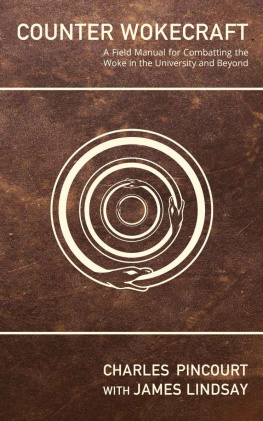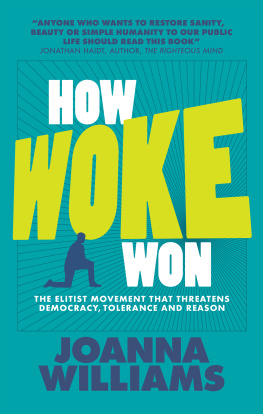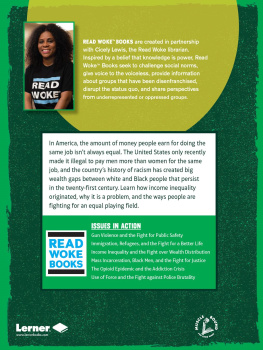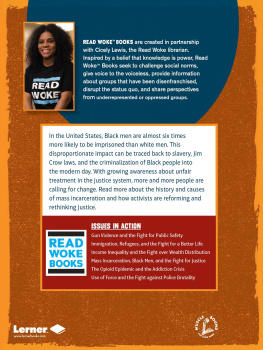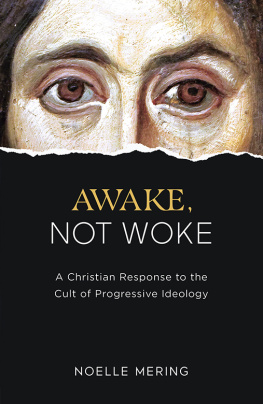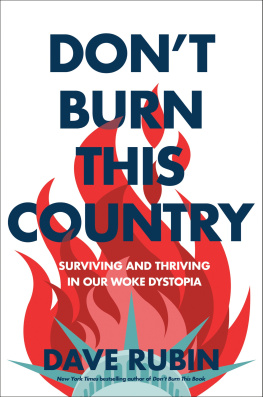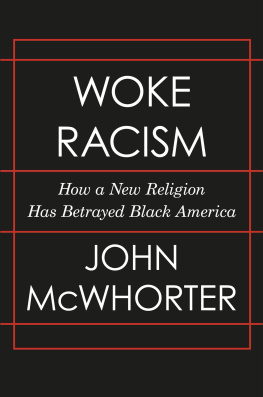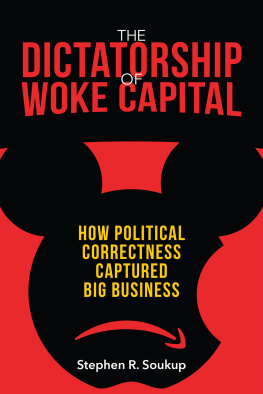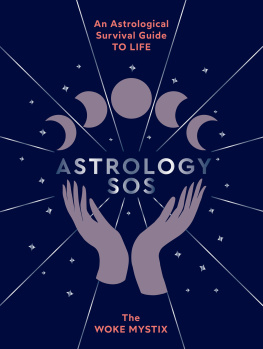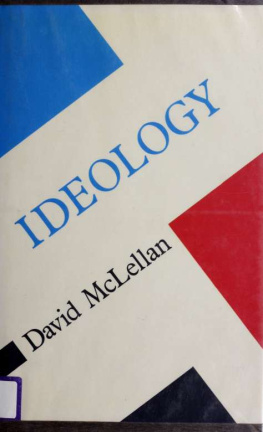COUNTER
WOKECRAFT
A Field Manual for Combatting the Woke
in the University and Beyond
Charles Pincourt with James Lindsay

2021 Charles Pincourt & James Lindsay
All rights reserved.
First edition: November 2021
Cover copyright 2021 New Discourses, LLC.
Charles Pincourt with James Lindsay
Counter Wokecraft: A Field Manual for Combatting the Woke in the University and Beyond
Imprint: Independently published
Published in the United States of America
New Discourses, Orlando, FL
https://newdiscourses.com
Contents
Acknowledgements
As I wrote the blogposts that eventually became this book, I received comments and support from a number of people whom I'd like to acknowledge here. Dorian Abbot from the University of Chicago was full of ideas about how to enable dissent from the Critical Social Justice perspective in universities, and I've included several of them in the book. Lee Jussim from Rutgers University and Pedro Domingos at the University of Washington provided input about Woke bullying tactics and were kind enough to tweet out my posts. Similarly, "A Foreign Professor" (@weowethedead on Twitter) gave me good suggestions about formalizing decision-making and was a frequent supporter of the project. Naturally, I was delighted that James Lindsay at New Discourses was inspired by the project and agreed to contribute to, and participate in, the book.
Foreword by James Lindsay
Western Civilization is being ideologically colonized. In fact, it nearly has been ideologically colonized, and only now, at this late stage in the process, are people waking up to the fact. A vast ideological movement has crept in and taken control of most of our societies' noblest and most vital institutions, certainly not least among them education and the universities. People in almost every sector of life often feel paralyzed and helpless now that this ideology is activating itself and wielding its captured institutional power.
Giving a right name for this ideology has been difficult, though a term derived from their own literatureCritical Social Justiceis probably most accurate (while the highly academic term critical constructivism is most precise). Most of us, however, use a slang term it used to use for itself: Woke. The term "Woke" refers to being "awakened" or "woke up" to the alleged realities of "systemic power dynamics" that order society. These alleged power dynamics are said to create what sociologists call "stratifications" in society, like kinds of upper and lower classes, depending on who has "privilege" and who is "oppressed" by various power dynamics like systemic racism (or white supremacy), systemic sexism (or patriarchy or misogyny), cis-heteronormativity, and so on. A certain unreality attends these arguments too, as these power dynamics are often described using dense technical jargon and making use of words in ways that seem at least slightly distorted from their original intended meanings. The Marxian flavor of this analysiswhich sees them as structural and sites of necessary conflictis also obvious but hard to pin down.
Because the Woke ideology, as it will be referred to here, seems to have erupted out of the ground in the last few years, most people are also unaware of the fact that it has, depending on how one counts it, a one- or two-hundred-year-long history and trajectory in aiming to topple the organizational system of liberal Western societies. If nothing else, the deliberate strategy to colonize and change institutions from within, and then to wield them against the society that produced them, has been the strategy since the 1920s, when the Albanian-Italian Communist theorist Antonio Gramsci started laying out the ideas that were in the 1960s named "the long march through the institutions" (by another Marxist thinker, Rudi Dutschke). That is, most people, including those waking up to the reality of this ideological takeover, remain dangerously unaware that the Woke ideology is the culmination of a long-running set of plans that is finally, in these last few years, bearing fruit, mostly through its quiet seizure of institutional power.
Seeing as the Woke ideology is based upon strategic plans developed, tested, and systematically employed over at least a century, it must be acknowledged and understood that it has tactics, particularly for quietly insinuating itself into institutions and taking them over from within. These tactics, which include subtle and strategic manipulations of language and occupying positions of influence and policymaking, can rightly be referred to as Wokecraft, much in the same way that espionage makes use of tools and tactics we would identify as "spycraft." The good news is, these tactics, while tricky and manipulative, are comprehensible, predictable, and able to be countered, and this guide, put together by Charles Pincourt with my assistance is an invaluable contribution to understanding, recognizing, and ultimately countering Wokecraft wherever it rears its head, especially in centers of institutional power.
Pincourt is an academic, and his context is the university, so this useful field manual is tailored to that institution, where administrative hierarchies, policies, and committees rule the roost. The lessons contained within this short volume readily generalize, however, and are applicable throughout life anywhere corporate, administrative, or other bureaucratic policy might be relevantgovernment, primary and secondary education, the corporate world, churches, and even formal affinity and hobby groups. This makes this field manual a much-needed contribution at this time when people are ready and eager to push back against the Woke ideology by every legal means.
In the first chapter, you will find a useful, clear description of the Woke ideology, including how it thinks about the world. This will help you understand the Woke ideology sufficiently to be able to identify what it is and why it does what it does. From there, a thorough description of many of the tactics of Wokecraft in administrative settings is provided in the second chapter. Readers will be equipped to recognize (and resist) the manipulative tactics of Wokecraft in real time and thus be armed to push back or stop them. In the third chapter, counter-strategies are offered that will enable you to prevent further infection by the Woke ideology and to regain institutional ground where it has already been taken by the Woke. In all, this work is readable, straightforward, and profoundly useful in the prevailing state of affairs in Western societies.
It is my hope, and Charles's, that this short, accessible volume will find its way into as many hands as possible and will prove useful to decolonizing our institutions, which is to say to remove Woke ideology and the influences of Wokecraft from them, effectively and quickly, and to reestablish liberal values in their place. For those of you looking to understand the Woke ideologyCritical Social Justicebetter and to take action against it, this is the guide for you.
James Lindsay
July 2021
Introduction
I'm a professor at a large North American university. I'm writing this manual under the pen name Charles Pincourt. I am writing because I am dismayed about the state of North American universities. I'd like to help people understand what is wrong with them and if they are academics, how they can try to change them. I started a blog in October of 2020. This manual is a compilation and reworking of my blog posts from when I started until April 2021. The purpose of the manual is to help those who are concerned about the perspective, but who are not very familiar with it; those who understand that something is wrong, but don't have the background to understand and resist the Critical Social Justice perspective takeover of our universities.
Next page
